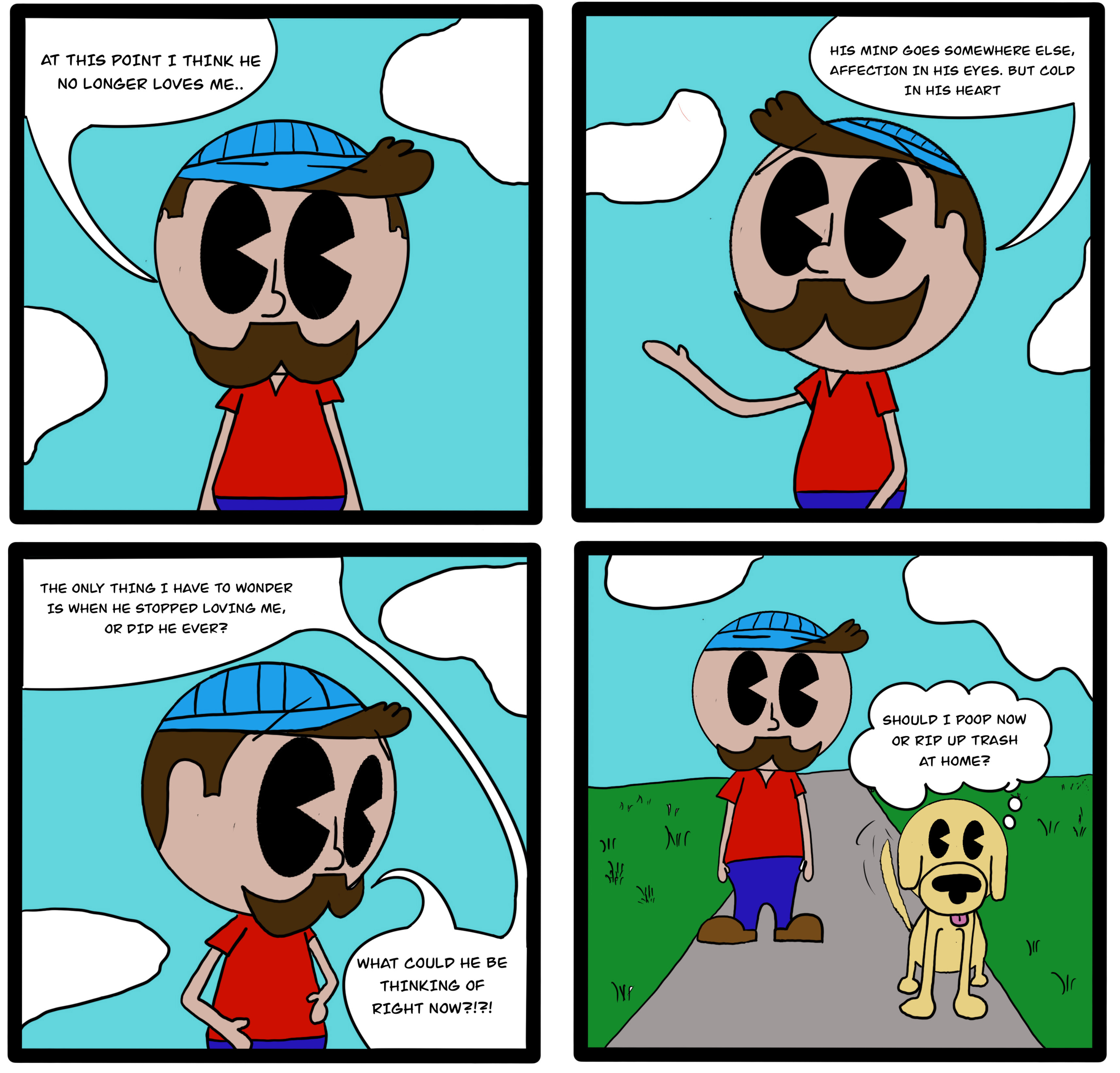
When I was 7 years old, my mother asked me to write down one-page summaries of every book I read. When I wrote a summary for her, she asked me to find ten words in every book I read that I didn’t know and find their definitions. As an adult, I see what she was doing: helping me develop skills to abstract plot and narrative, understand and summarize, and comprehend complex words. I had stumbled onto research methods that I didn’t even know were guiding the way I thought.
The School of the Art Institute of Chicago’s (SAIC) Flaxman Library holds more than 30,000 volumes, including books, sound pieces, games, and magazines. It is a resource built for study and research. On a good day, you can find at least 50 students in the library, working. But can a library be more than just that? Is a silent, serious, systematic space the only way to do research?
Is it okay to disrupt a library? If so, how do you do it?
That is what SAIC’s Bibliodérive — roughly translated to “library drift” — claims to do. Held together by the ideas of chance and serendipity, Bibliodérive has been held annually since spring 2015. The event is a one-day “disruption of the traditional use” of the library.
On October 31, 2019, Flaxman will have its 6th edition of the Bibliodérive. The first Biblioderive was conceptualized by then-Graduate Dean Rebecca Duclos who uses similar concepts of disruption and play in her own practices.
As Research & Instruction Librarian Mackenzie Salisbury told me in an email, the event has two main components: Situations and the Prompt Deck. Situations are typically large-scale performances or actions that happen at a specific time or throughout the day. Often using the library space as a prop, Situations are proposed and facilitated by faculty, students, staff, and sometimes entire classes.
The Prompt Deck is a deck of cards with prompts that use “playful-construction” as a way of interacting with library space. They intend to help expand the scope of the library beyond just reading. Once prompted by the deck, the library becomes a venue for exploration and play with research and discourse as seasonings.
“Most people think the library is where you come to find a book that you are already looking for,” Mackenzie explained, “or to read something where you then gather the information that you can use later. While these are traditional ways of thinking about the library, it can also be a place for discovery, a location to use intuition, or even make connections that we might not otherwise think of. The library space has a lot of stereotypes like organized, quiet, and unknowable. By opening our space up to the community to play with and utilize in different ways, we hope to encourage folks to question those norms.”
I asked Mackenzie what her favorite Bibliodérive experience was. “In spring of 2017,” she said. “We had ‘No tengo las palabras (I don’t have the words)’ in which a student selected the number of books [authored by Latinx immigrants and published in the U.S.] equal to the number of people that have been deported from Chicago — a sanctuary city — since Trump became president. They then tried to carry them for the duration of an hour, but there were so many, the student just kept dropping giant stacks of books, which was alarming to hear and see — but very effective. My favorite Deck Prompt is ‘While walking through the library, listen to others’ conversations, find a book by searching for words overheard.’”
Mara Seay (ARTH 2020) attended Bibliodérive last year. When I talked to her, she expressed delight in the performance put together by Dean Arnold Kemp and other sound experiments. However, she thought the whole thing felt more like an experimental art installation in the library, or a series of library orientation activities with a twist. “Perhaps this is because I’m a tactile, visual person and not an auditory learner, but I learned more about the Joan Flasch Collection through the experience, and the Flaxman collection already does great collaborations with classes. If there were little ‘mobile collections’ in various buildings, or perhaps art pieces by students inspired by books on display, I think it would be more accessible and less disruptive.”
Many undergrads and new SAIC students were excited about the event. A friend in the Historic Preservation Department reveled in the moment of reprieve from the research. Nothing in Bibliodérive was a part of her actual work, but it was interesting to get to know the library in a newer way. “We are after all in an art school and Bibliodérive is just a day of break from the Greenburgian theory and thesis dive deep. We have ‘Mean Girls’ in the library and John Coltrane’s sound pieces in the hearing room. Who knew?”
There are other ways of gaining knowledge. It doesn’t have to be so cut-and-dry. Like my mother’s exercises, you can learn without knowing it. I remember, during last year’s installment, the word that came to mind was “play.” The event is participatory — like a choose your own adventure game — and intends to help students look at the library as a place for collaboration, experimentation, and potential, not just as a supporting resource. Sometimes, the greatest thoughts occur when you are not looking to find them. Sometimes, you stumble on inspiration.
Bibliodérive will take place for one day across the SAIC campus, opening any and all resources to drifting, including the school’s Video Data Bank, the Fashion Resource Center, the Joan Flasch Artists’ Book Collection, and more. Since the event only lasts one day, some students cannot participate due to their schedules. But, Mackenzie says, “We have talked about extending events over a few days, or even a week. That’s still a work in progress, so stay tuned!”







